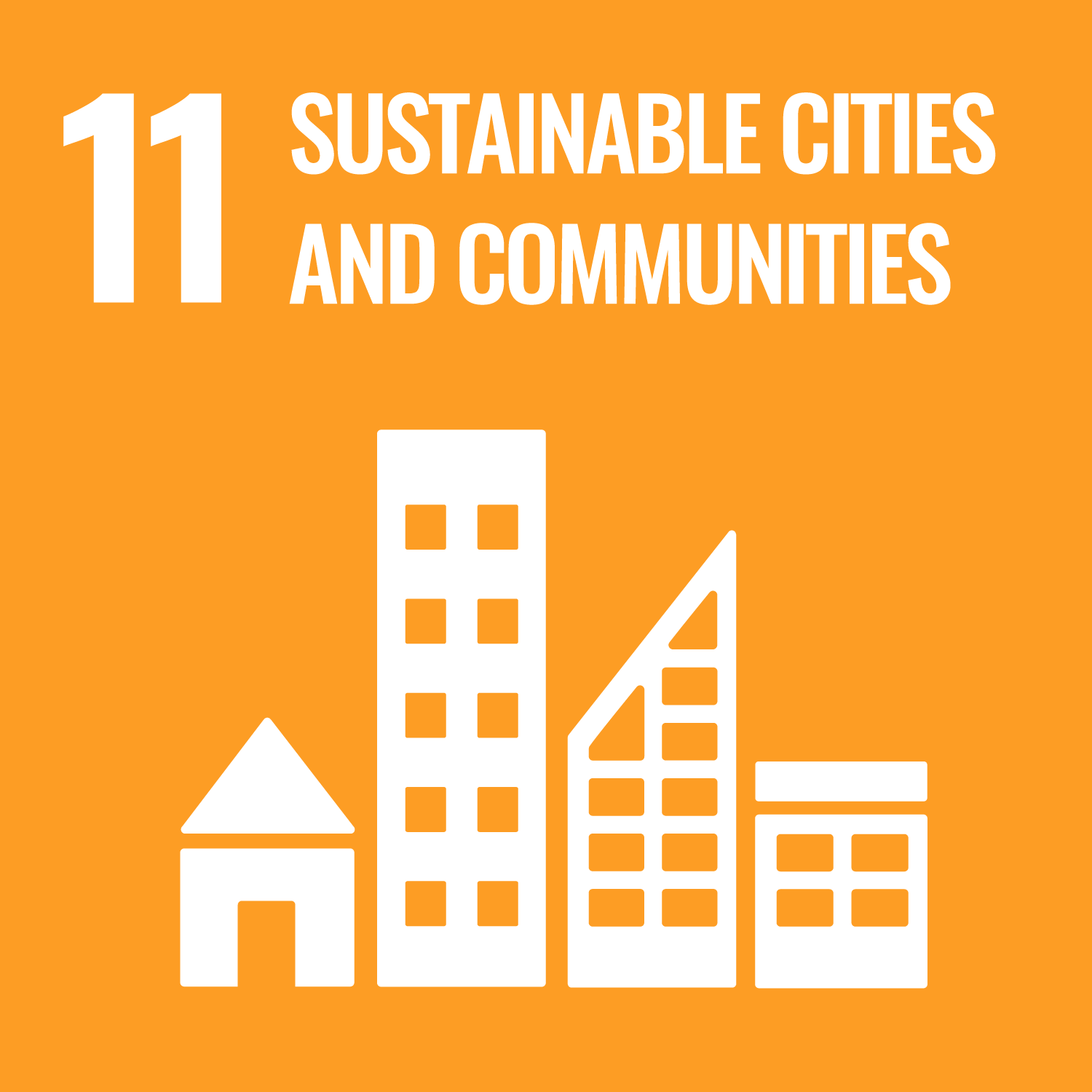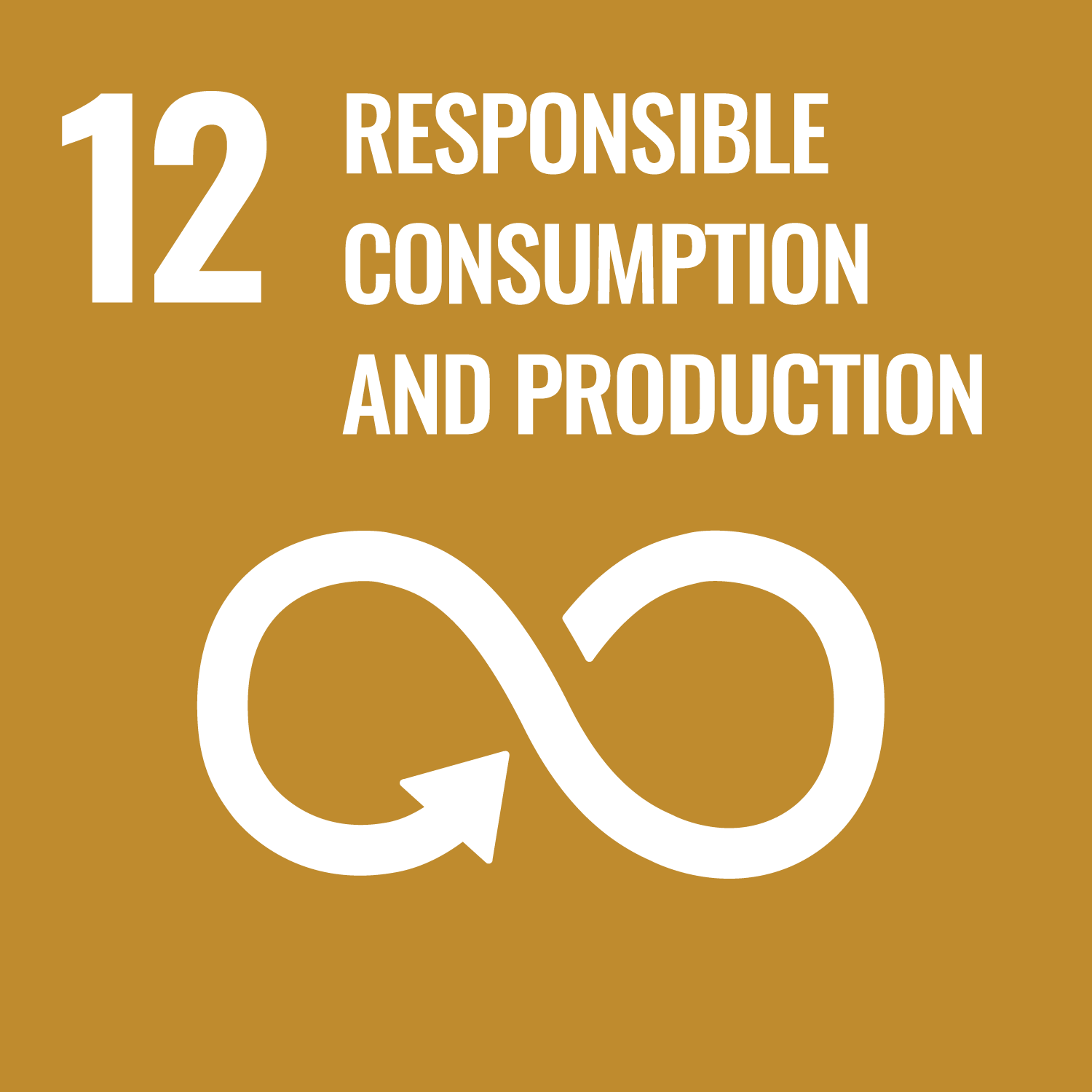Nitrogen dioxide is produced from high-temperature combustion processes. Motor vehicle emissions and industries, such as coal-fired power stations, are the main contributors.
Nitrogen dioxide is an important air pollutant as it contributes to the formation of photochemical smog.
We monitor nitrogen dioxide levels across four areas:
- Southeast Queensland (SEQ)
- South West Queensland
- Gladstone
- Townsville.
The average levels of nitrogen dioxide are higher in SEQ than in Gladstone and Townsville, mainly due to higher population numbers and traffic density.
There have been no exceedances of the National Environmental Protection (Ambient Air Quality) Measure (NEPM) air quality standards and no clear trends over the past decade.
Over the past four years:
- Maximum hourly average levels measured in SEQ ranged from 60 to 95% of the NEPM one-hour average standard of 0.08ppm.
- Maximum hourly average levels in Gladstone were typically around 50% of the NEPM one-hour standard, except for 2017 to 2019. We measured higher maximum levels due to the impact of emissions from extensive bushfires in these years.
- Maximum hourly levels typically ranged from 20 to 40% of the NEPM one-hour average standard in South West Queensland and Townsville, with increased levels in 2019 due to the impacts of bushfire emissions.







